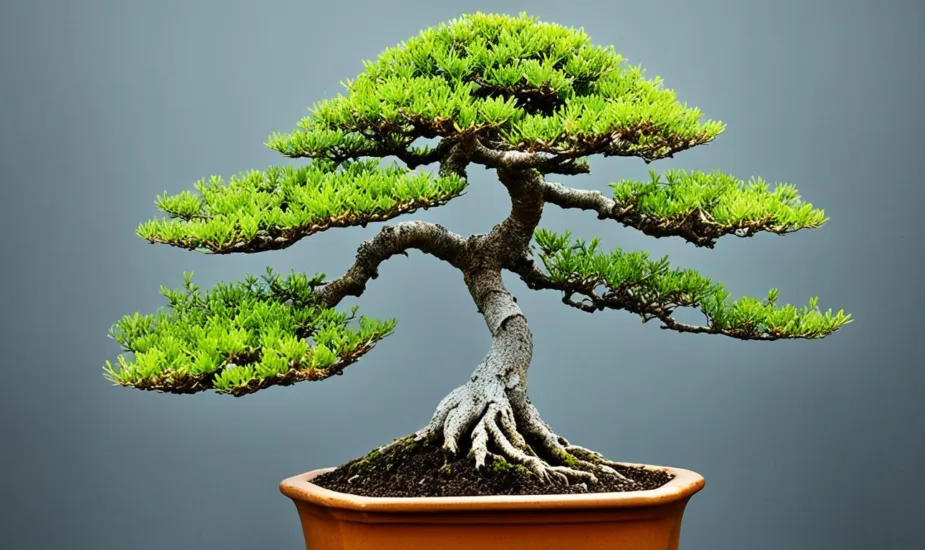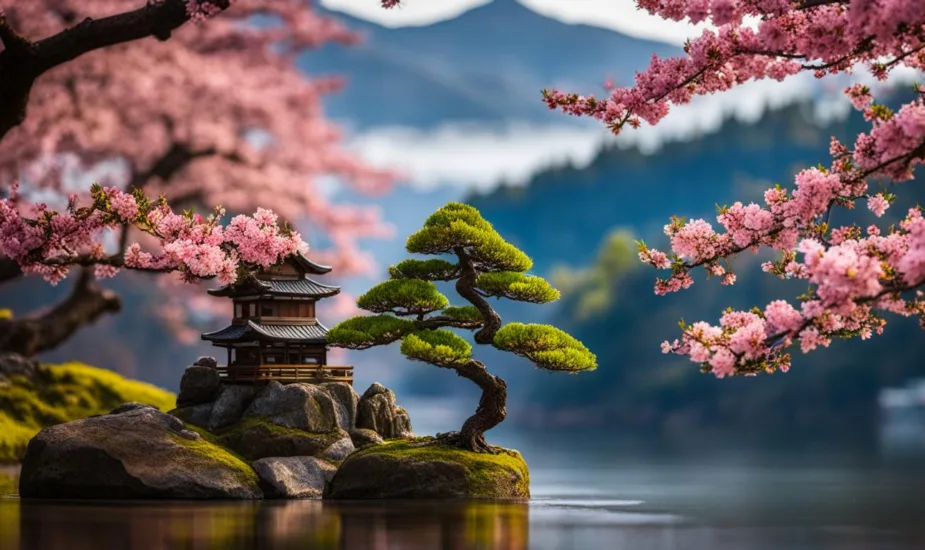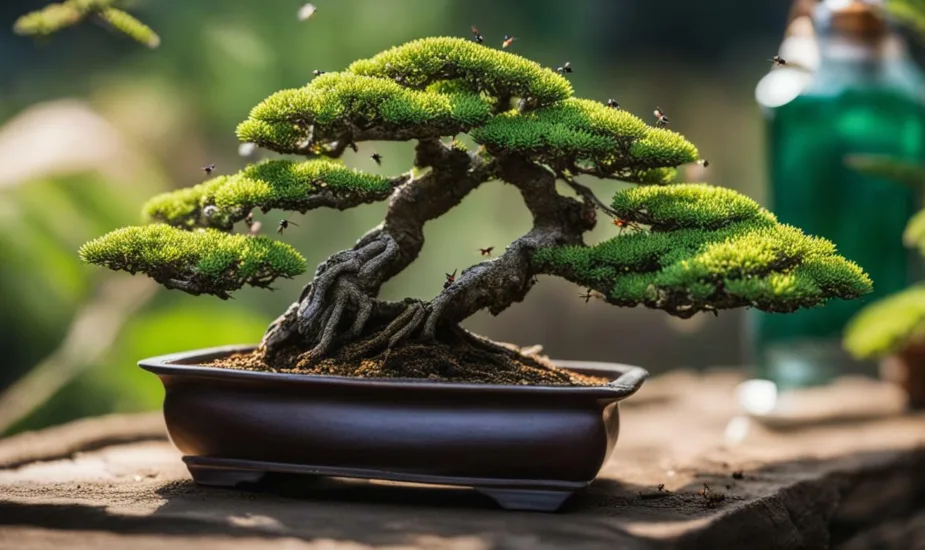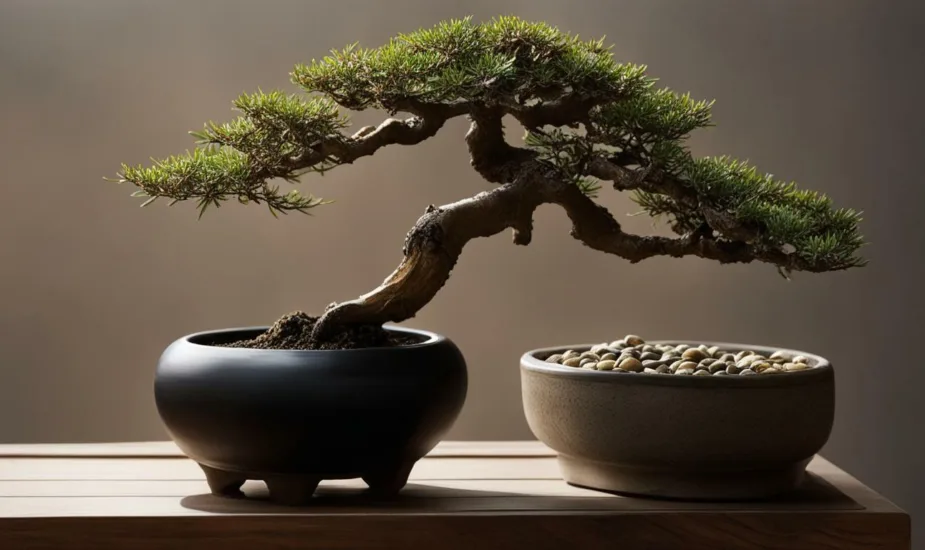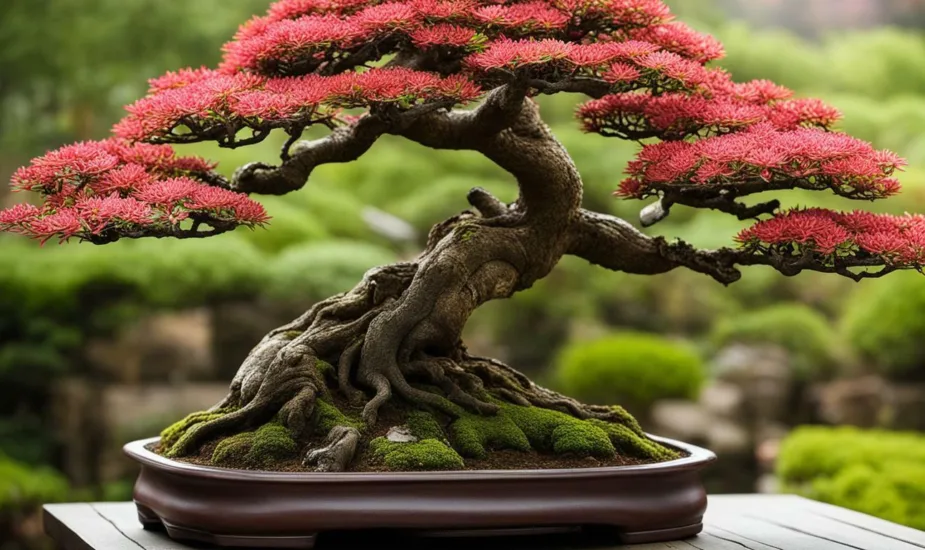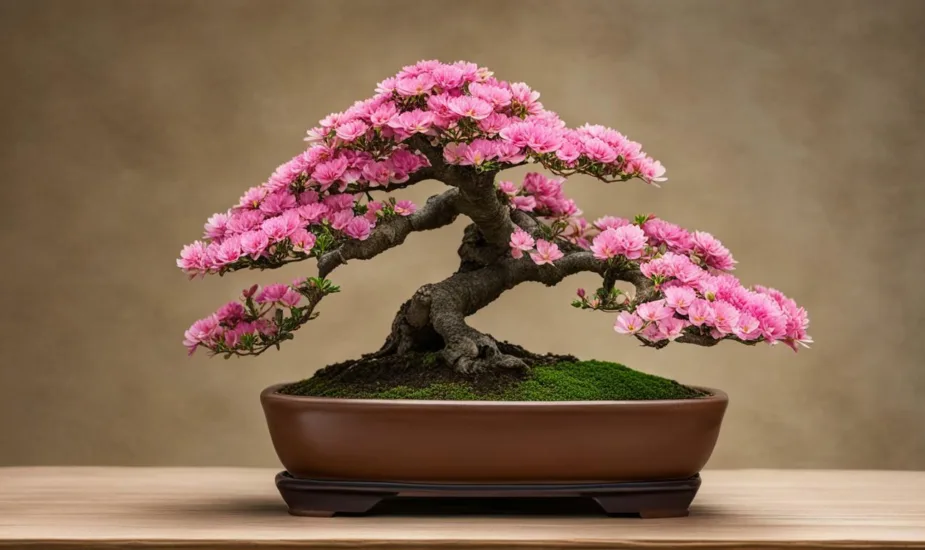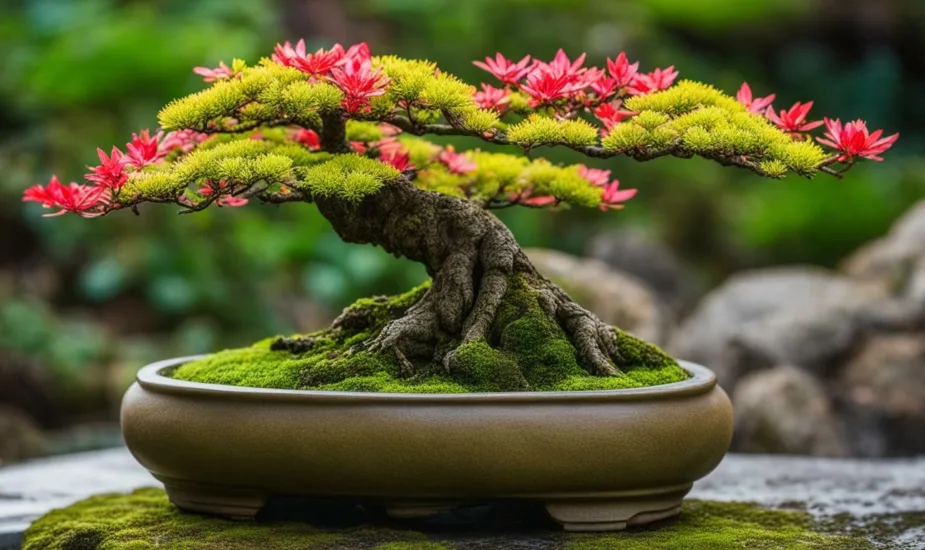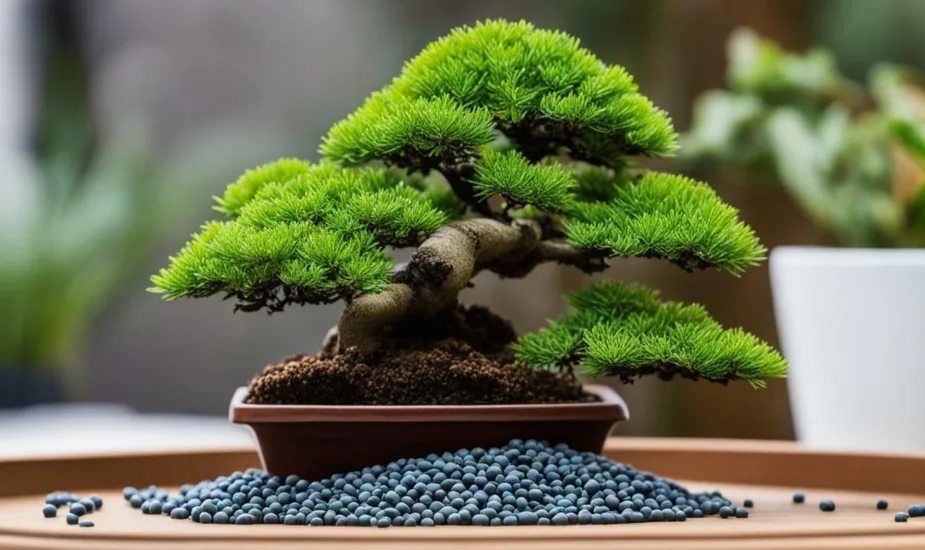Discover Where is the Best Place to Put a Bonsai Tree in Your House.
When it comes to placing a bonsai tree in your house, finding the ideal location is crucial for its growth and well-being. There are several factors to consider, including sunlight, humidity, temperature, and air flow. Each of these elements plays a significant role in the overall health and vitality of your bonsai tree.
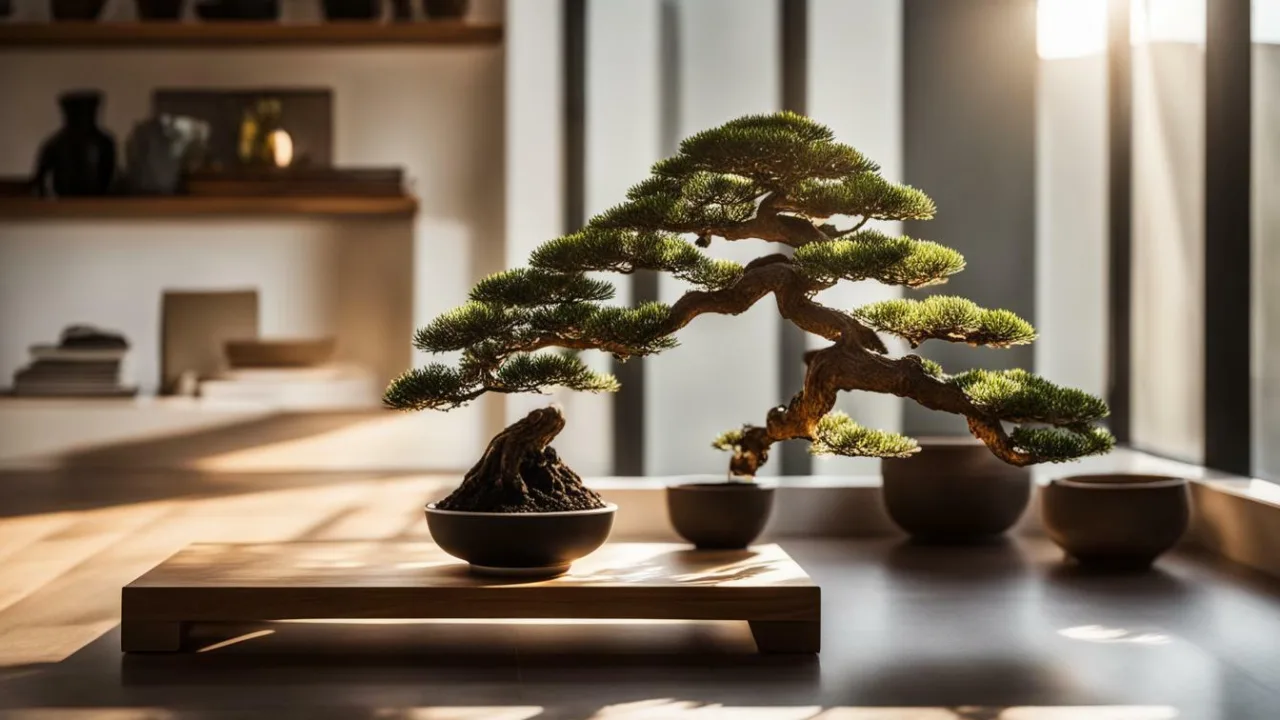
For indoor bonsai trees, providing ample sunlight is essential. Placing them near a south-facing window is ideal as it allows them to receive the maximum amount of sunlight possible. However, if natural light is limited, you can supplement it with artificial grow lights. These lights mimic the spectrum of natural sunlight and provide the necessary energy for your bonsai tree.
Key takeaways:
- Place indoor bonsai trees near a south-facing window for optimal sunlight exposure.
- Supplement limited natural light with artificial grow lights if necessary.
- Choose a location with increased humidity, such as a bathroom or kitchen.
- Avoid placing bonsai trees near heat sources to prevent damage.
- Ensure good air flow by using a revolving fan in the area.
In addition to sunlight, bonsai trees thrive in a high-humidity environment. Consider placing your bonsai tree in a space with increased humidity, such as a bathroom or kitchen. These areas naturally have higher moisture levels, which is beneficial for the health of your bonsai tree.
Temperature also plays a significant role in bonsai tree placement. Avoid placing your bonsai tree near heat sources like radiators or heating vents, as concentrated heat can be detrimental to their well-being. Instead, aim for a location with a stable and moderate temperature.
Lastly, good air flow is essential for the overall health of your bonsai tree. Consider having a revolving fan in the area to ensure proper air circulation. This will prevent stagnant air and create an environment that promotes healthy growth.
Indoor Bonsai Tree Placement Tips
To ensure the health and vitality of your indoor bonsai tree, proper placement within your house is essential. When it comes to positioning your bonsai tree indoors, there are a few factors to keep in mind.
Sunlight: Bonsai trees thrive in bright, indirect sunlight. Place your bonsai near a south-facing window where it can receive ample sunlight throughout the day. If your house lacks natural light, you can supplement it with artificial grow lights. Position the lights about 12 inches above the tree and keep them on for 10 to 12 hours a day.
Humidity: Bonsai trees love humidity, so placing them in a high-humidity space like a bathroom or kitchen is beneficial. Alternatively, you can create a more humid environment by placing a tray filled with water near the bonsai tree. As the water evaporates, it increases the humidity around the tree.
Temperature and Air Flow: It’s important to avoid placing your bonsai near heat sources like radiators, as they prefer moderate temperatures. Additionally, good air circulation is crucial for the tree’s health. Consider placing a revolving fan in the area to ensure proper air flow.
Expert Tip: Bonsai Tree Feng Shui
“Positioning your indoor bonsai tree according to Feng Shui principles can enhance the positive energy in your home. Placing the bonsai in the eastern or southeastern area of your house promotes growth and vitality, while positioning it in the northern or northeastern area brings luck and career opportunities. Keep in mind that the house’s energy and layout should also be taken into account when determining the best placement for your bonsai tree.”
By taking these placement tips into consideration, you can create an optimal environment for your indoor bonsai tree. Remember to regularly monitor the sunlight, humidity, temperature, and air flow to ensure the tree’s overall well-being and growth.
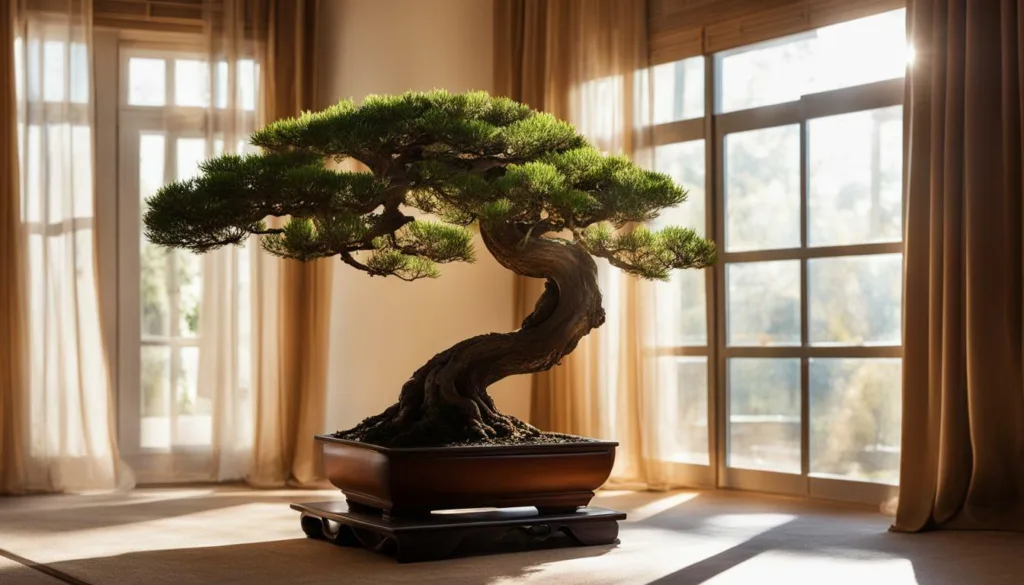
| Placement Considerations | Indoor Bonsai Tree Placement Tips |
|---|---|
| Sunlight | Place near a south-facing window or use artificial grow lights |
| Humidity | Position in a high-humidity space or use a tray with water |
| Temperature and Air Flow | Avoid heat sources and ensure good air circulation |
Outdoor Bonsai Tree Placement Tips
If you have an outdoor bonsai tree, choosing the right location in your yard is crucial for its growth and overall well-being. The placement of your bonsai tree should take into account factors such as sunlight, shade, and the tree’s natural environment. By providing the ideal conditions, you can ensure that your outdoor bonsai thrives and remains healthy.
When it comes to sunlight, bonsai trees require ample light to thrive. Find a location in your yard that receives direct sunlight for at least a few hours each day. If you live in a particularly sunny area, it may be necessary to provide some shade during the hottest parts of the day to prevent the tree from overheating.
Consider the natural habitat of the bonsai tree species you have. Native species are more likely to adapt well to your outdoor space. Mimic the tree’s natural environment as closely as possible, taking into account factors such as soil type, moisture levels, and temperature fluctuations. By creating a suitable environment, you can maximize the chances of your outdoor bonsai tree’s success.
Remember to regularly monitor your bonsai tree’s condition and make any necessary adjustments. Keep an eye on the amount of sunlight it receives, as well as the temperature and soil moisture levels. By maintaining a careful balance of these factors, you can ensure that your outdoor bonsai tree thrives and brings beauty to your yard for years to come.
| Outdoor Bonsai Tree Placement Tips |
|---|
| Choose a location with ample sunlight |
| Provide shade during the hottest parts of the day |
| Mimic the natural environment of the tree |
| Monitor sunlight, temperature, and soil moisture levels |
Winter Protection for Bonsai Trees
During the winter season, it’s important to take special care of your bonsai tree to ensure its survival and health. Cold temperatures and frost can be detrimental to these delicate trees, so it’s essential to provide them with the protection they need.
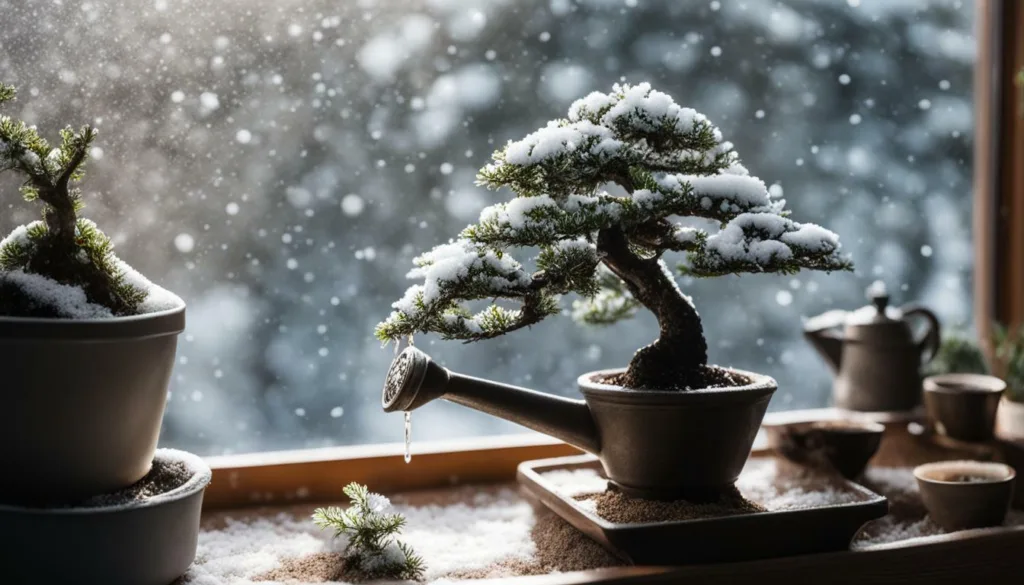
One of the most effective ways to protect your bonsai tree during winter is by bringing it indoors. For tropical or subtropical species that cannot tolerate freezing temperatures, it’s best to move them into a greenhouse or conservatory where they can thrive in a controlled environment.
If bringing your bonsai tree indoors is not an option, you can still provide some insulation and protection from the cold. One method is to cover the pot with Styrofoam to help insulate the roots. Additionally, you can place the bonsai in an enclosed but cool space like a shed or garage. This will shield the tree from freezing winds while still maintaining a suitable temperature.
Remember to monitor your bonsai tree regularly throughout the winter months. Check for signs of stress or damage and make any necessary adjustments to the protection measures. By providing proper winter care, you can ensure that your bonsai tree will remain healthy and vibrant until the springtime arrives.
Conclusion
Finding the optimal location for your bonsai tree is essential for its long-term health and beauty. When it comes to placing a bonsai tree in your house, several factors need to be considered to ensure the tree thrives.
For indoor bonsai trees, providing ample sunlight is crucial. Placing them near a south-facing window is ideal as it allows for maximum sunlight exposure. However, if you have limited sunlight in your home, you can supplement it with artificial grow lights to ensure your bonsai receives the necessary light it needs to grow and flourish.
In addition to sunlight, bonsai trees also require high humidity levels to thrive. Placing them in areas with natural humidity, such as bathrooms or kitchens, can be beneficial. If the humidity in your home is low, you can use a humidifier or mist the tree’s leaves regularly to create a more suitable environment.
Temperature is another important factor to consider when placing your bonsai tree. Avoid placing it near heat sources like radiators, as bonsais prefer a consistent and moderate temperature. Good air flow is also crucial, as it helps prevent the build-up of stagnant air and provides fresh oxygen for the tree’s health. Consider using a revolving fan to ensure proper air circulation in the area where your bonsai is placed.
For outdoor bonsai trees, choosing a location with plenty of sunlight is key. Find a bright space in your yard that receives at least six hours of direct sunlight per day. If you live in a particularly sunny area, providing shade during the hottest parts of the day can help protect your bonsai from excessive heat and sunburn.
It’s also important to consider the natural environment your bonsai tree would thrive in. Native species are more likely to adapt well to your outdoor space and climate, so do your research before selecting the right species for your outdoor bonsai garden.
During the winter months, bonsai trees may need extra protection. Tropical or subtropical species should be moved indoors to a greenhouse or conservatory if temperatures drop near or below freezing. For other species, covering the pot in Styrofoam or placing the bonsai in an enclosed but cool space like a shed or garage can provide the necessary protection from freezing temperatures.
By taking into account factors such as sunlight, humidity, temperature, and air flow, you can find the perfect location for your bonsai tree, ensuring its long-term health and beauty. Remember to regularly monitor and adjust these conditions to meet the needs of your tree, allowing it to flourish and bring joy to your home for years to come.
FAQ
Where is the best place to put a bonsai tree in your house?
The best location for an indoor bonsai tree is near a south-facing window to ensure ample sunlight. If sunlight is limited, you can supplement it with artificial grow lights. It’s also beneficial to place the bonsai tree in a high-humidity space like a bathroom or kitchen. Avoid placing it near heat sources and ensure good air flow with the help of a revolving fan.
What should I consider when placing an outdoor bonsai tree?
When placing an outdoor bonsai tree, choose a location with plenty of sunlight. If you live in a particularly sunny area, consider providing shade during the hottest parts of the day. Additionally, consider the natural environment the bonsai tree would thrive in, as native species are more likely to adapt well to your outdoor space.
How should I protect bonsai trees during the winter?
Tropical or subtropical bonsai tree species should be moved indoors to a greenhouse or conservatory if temperatures drop near or below freezing. For other species, covering the pot in Styrofoam or placing the bonsai in an enclosed but cool space like a shed or garage can provide the necessary protection.
 Little Garden Tips
Little Garden Tips




